What Do the Different Light Symbols Mean in a Car? Alert!
When driving, it’s essential to understand the meaning behind the various light symbols on a car’s dashboard.
For example, the Check Engine Light can indicate a range of issues with the vehicle’s engine, prompting the driver to seek professional assistance.
Other symbols, such as the Oil Pressure Warning, Battery Alert, Brake System Indicator, and Tire Pressure Monitoring, provide crucial information about the car’s vital systems.
Knowing what these symbols mean can help drivers identify potential problems and take appropriate action.
Understanding these light symbols is an important aspect of maintaining a safe and properly functioning vehicle. They serve as vital indicators for a vehicle’s health and alert drivers to potential issues that may need immediate attention. For instance, the ABS symbol meaning in cars refers to the status of the Anti-lock Braking System, which ensures safer braking by preventing the wheels from locking up. Recognizing and addressing such warnings promptly can help avoid costly repairs and ensure optimal performance on the road.
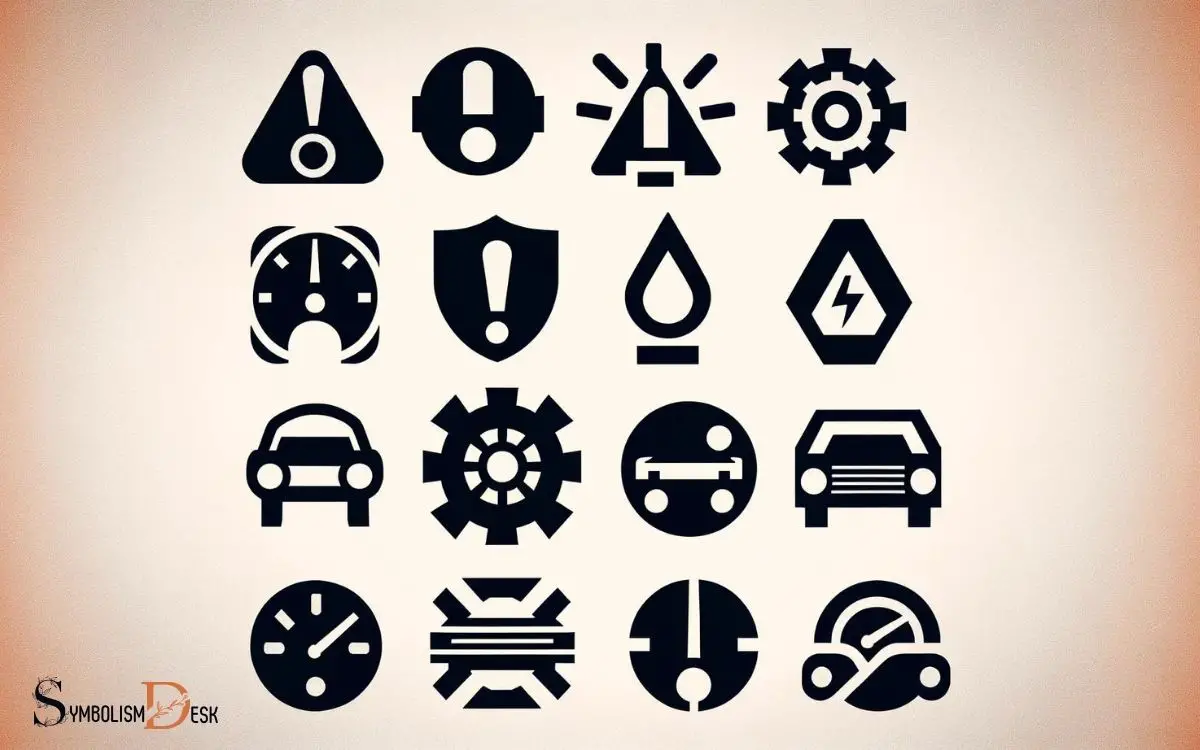
Key Takeaway
Check Engine Light
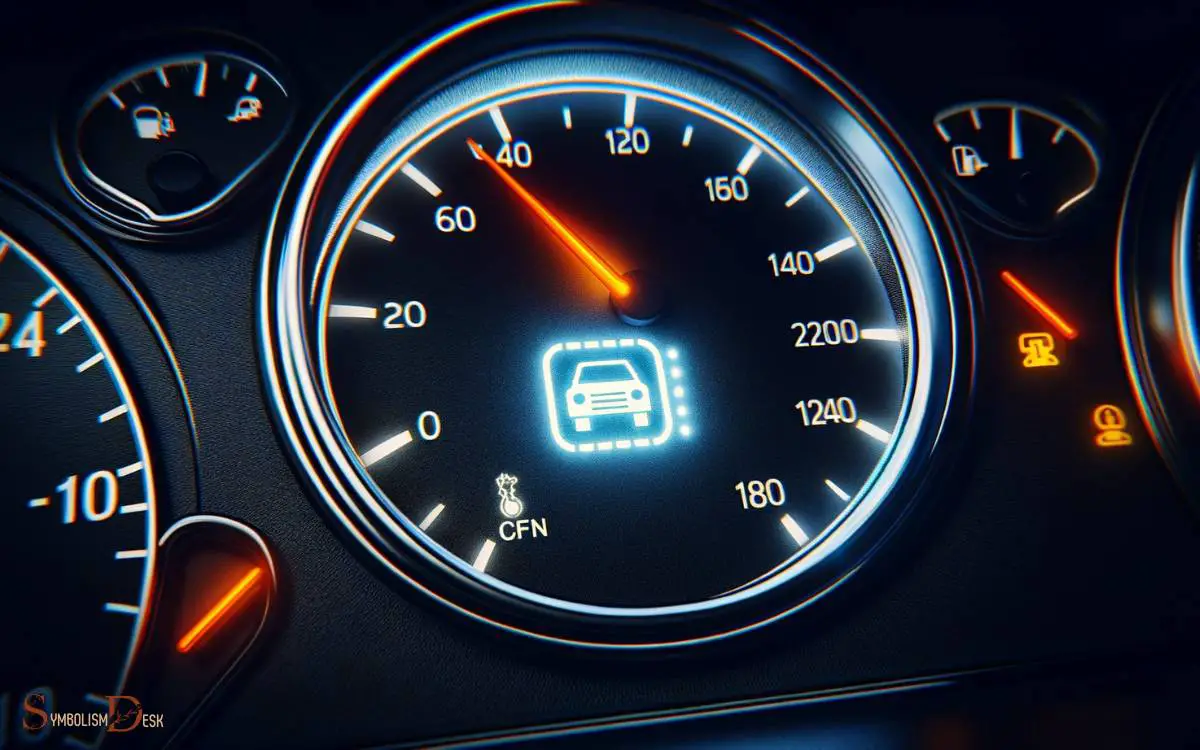
The Check Engine light illuminating on the dashboard indicates a potential issue with the vehicle’s engine or emissions system.
When this light comes on, it’s essential to address it promptly. A diagnostic trouble code (DTC) reader can be used to identify the specific issue.
Common reasons for the Check Engine light to come on include a loose gas cap, faulty oxygen sensor, or a malfunctioning catalytic converter.
However, it can also signal more serious problems such as engine misfires or transmission issues.
Ignoring the light can lead to reduced fuel efficiency, engine damage, or even safety hazards. Once the underlying problem is resolved, the light can be reset using the DTC reader.
If the light continues to reappear, seeking professional mechanical assistance is advisable to prevent further damage.
Oil Pressure Warning
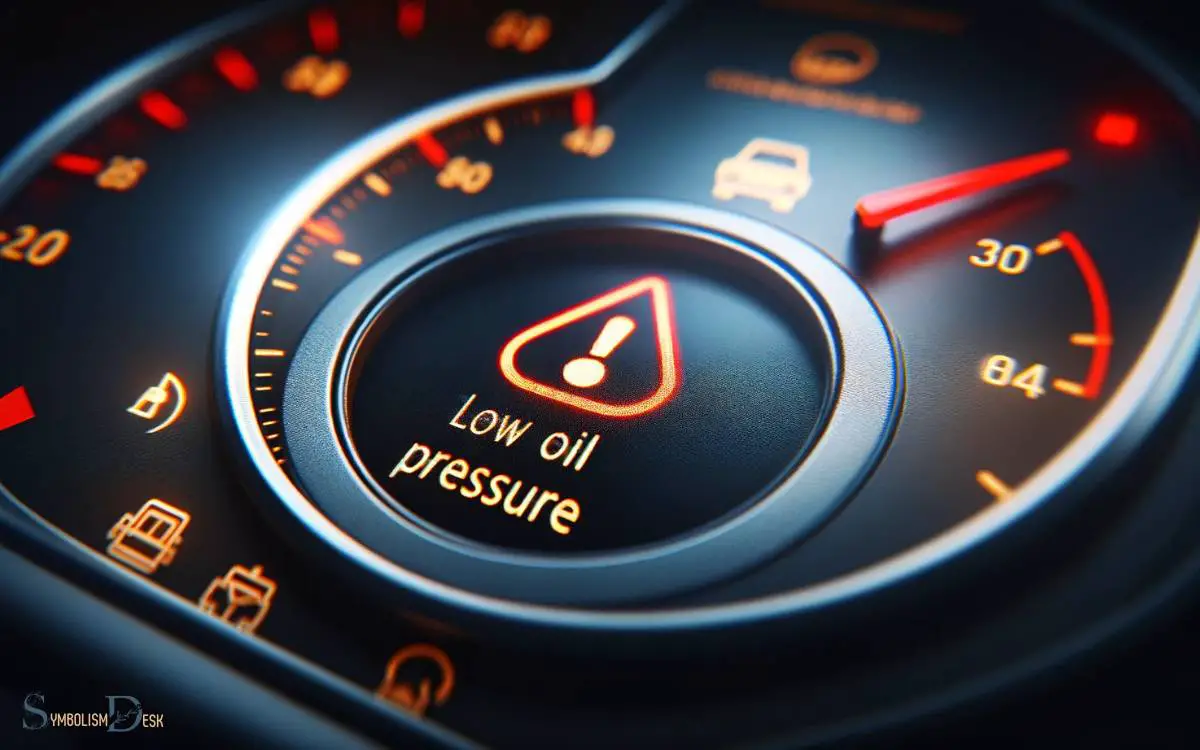
Illuminating on the dashboard, the Oil Pressure Warning light indicates a potential issue with the vehicle’s oil pressure system. This warning light typically looks like an oil can with a drop of oil coming out of the spout.
When this light turns on, it signifies that the oil pressure in the engine has dropped below the recommended level. Low oil pressure can lead to serious engine damage if not addressed promptly.
The possible causes for this warning light range from a low oil level or a failing oil pump to a clogged oil filter or a malfunctioning oil pressure sensor. It is crucial to pull over safely and check the oil level immediately when this light comes on.
If the oil level is adequate, it is advisable to seek professional assistance to diagnose and fix the underlying issue promptly.
Battery Alert
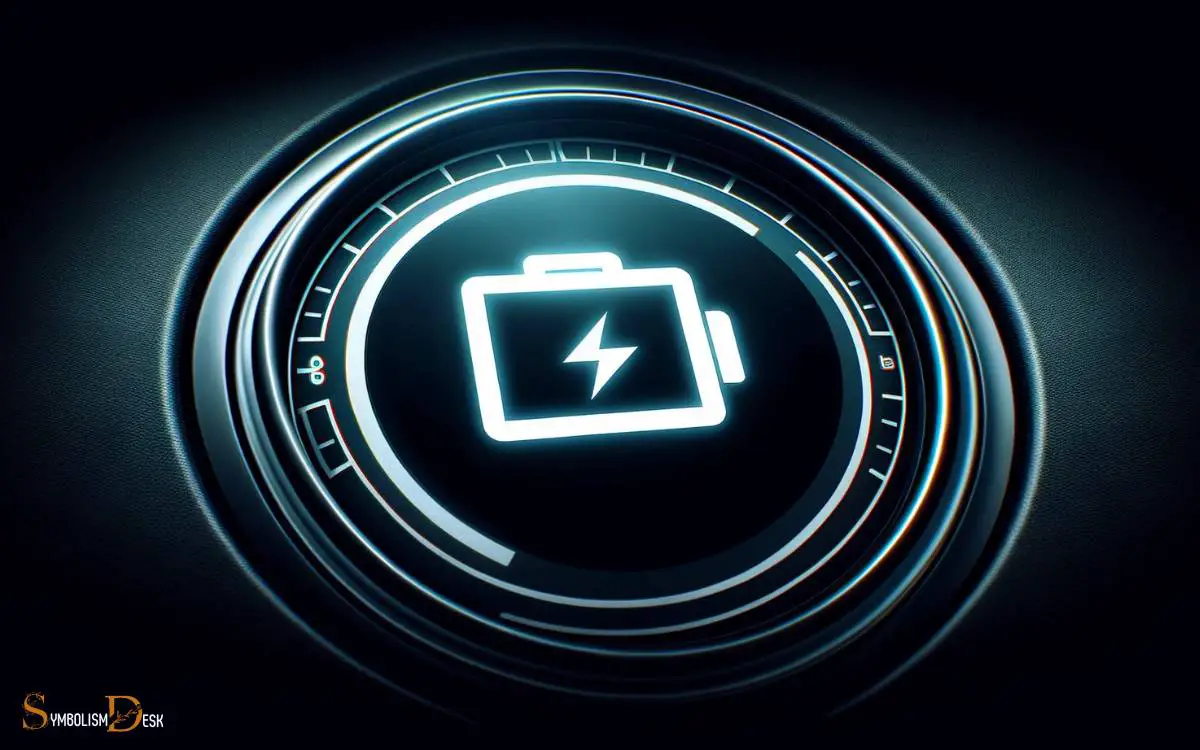
The car’s battery alert light indicates potential issues with the vehicle’s electrical system. When this light comes on, it’s crucial to address it promptly to avoid being stranded due to a dead battery.
Here’s what the battery alert could mean:
- Low Battery Voltage: This might indicate that the battery is not being charged properly, which could lead to a drained battery.
- Faulty Alternator: A malfunctioning alternator could result in insufficient power generation, causing the battery to drain.
- Electrical System Malfunction: This could point to a broader electrical issue within the vehicle, which could affect various components.
Understanding the implications of the battery alert light can help drivers take proactive measures to prevent potential breakdowns.
Brake System Indicator

When should a driver pay attention to the brake system indicator light in their car? The brake system indicator light is a crucial safety feature that alerts the driver to potential issues with the braking system.
If the light comes on while driving or stays illuminated after the initial startup, it indicates a problem that needs immediate attention.
Possible causes of this warning light include low brake fluid levels, worn brake pads, a malfunctioning anti-lock braking system (ABS), or other brake system failures.
Ignoring this warning light could lead to compromised braking performance, reduced vehicle control, or complete brake failure.
Therefore, it is essential for the driver to address the issue promptly by seeking professional inspection and repair of the brake system to ensure safe driving conditions.
Tire Pressure Monitoring
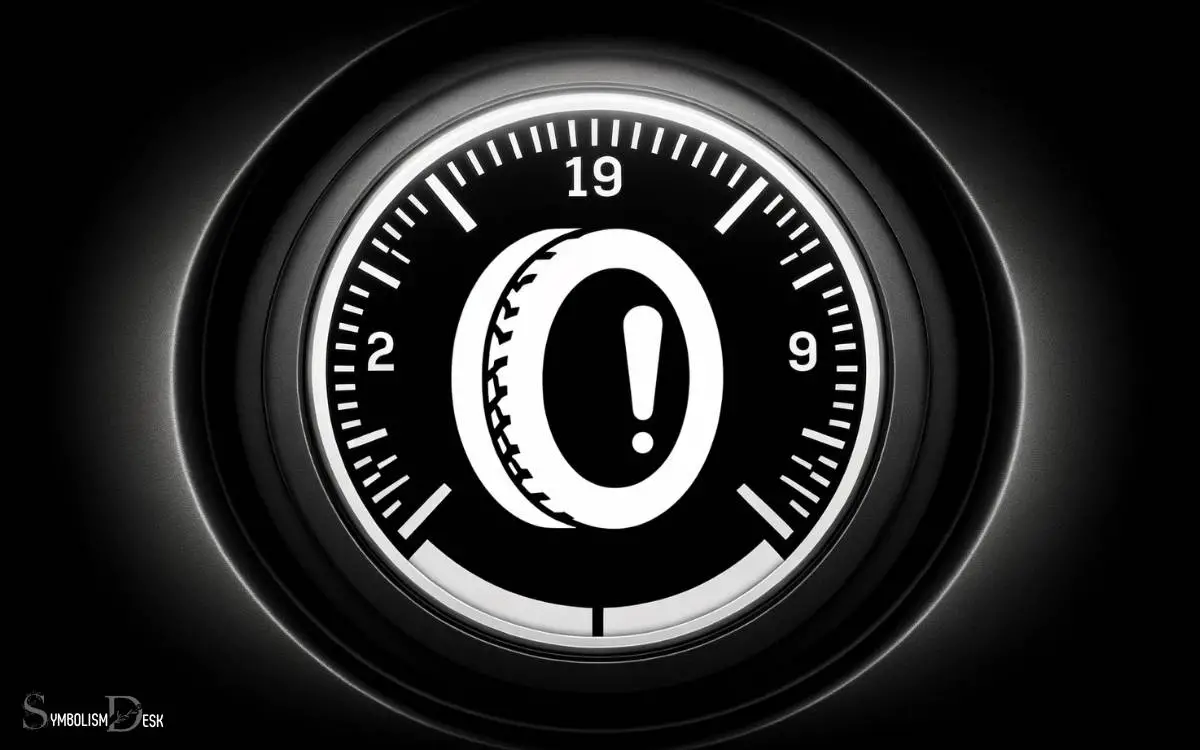
Upon starting the vehicle, drivers should be attentive to the tire pressure monitoring light, indicating potential issues with tire pressure.
This light serves as a crucial safety feature, alerting drivers to underinflated tires, which can lead to decreased vehicle handling and increased risk of a tire blowout.
It’s important for drivers to understand the implications of this warning light:
- Underinflated tires can reduce fuel efficiency, costing drivers more money at the pump.
- Properly inflated tires improve vehicle handling and braking, enhancing overall safety.
- Neglecting tire pressure can lead to uneven tire wear and the need for premature replacements, causing an unnecessary financial burden.
Understanding and promptly addressing the tire pressure monitoring light can help drivers maintain optimal fuel efficiency, safety, and financial savings.
Conclusion
Understanding the different light symbols in a car is crucial for vehicle maintenance and safety.
Just like how a pilot relies on the dashboard indicators to navigate through the skies, a driver must rely on their car’s warning lights to navigate the road.
Ignoring these indicators can lead to serious issues and costly repairs. So, take heed of these lights and keep your car running smoothly.






